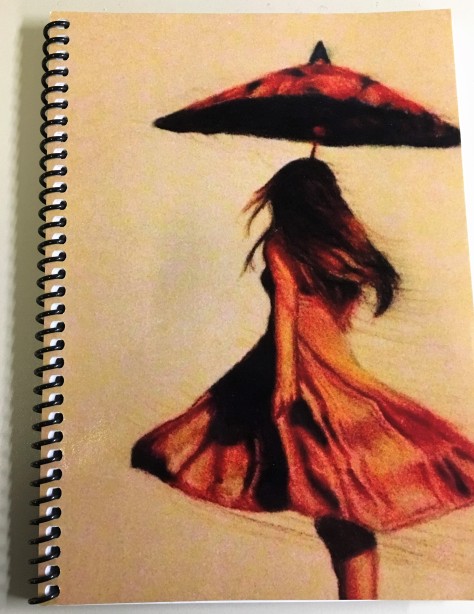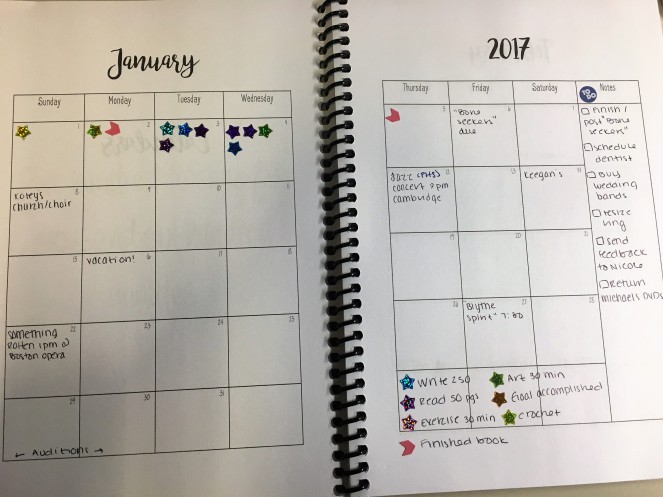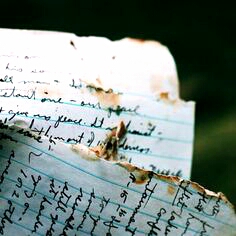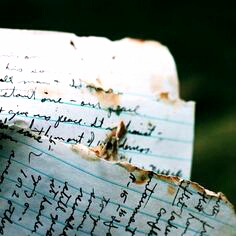Process: How I wrote “Penelope’s Test”
I just posted what has to be the hardest story I’ve written in a long time. You can check it out here, on the Muses blog. Because it was so hard, I thought I’d give a breakdown on how I wrote it. Or rather how I re-wrote it!
This was the prompt:
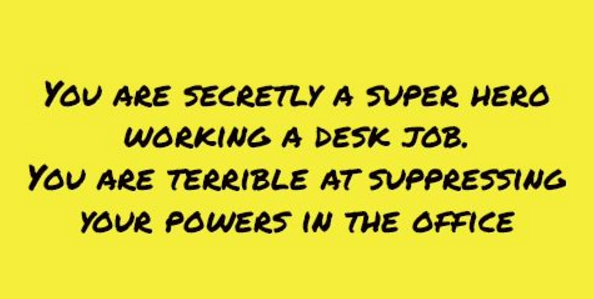
Like most of my stories, it started with a train of thought draft, just to see what I was interested in. I was hoping for something light and fluffy, but of course, as I’m known to do, the story quickly morphed into something more serious and dark. I’ve been reading a lot of news articles lately – specifically looking at the comments section – and it astounds me that people have such different opinions. One person can be lauded as both a savior and a devil. And so, I started asking myself questions: What is a superhero? How are they separate from a villain? What makes them good and not bad? Is it just a matter of perspective?
Then, I delved into a deeper, more specific brainstorm, that asks the following questions. I use these questions no matter what I’m writing – a short story or a novel.
- Who. who exactly am I writing about and why?
- Wants. What do they want?
- Why do they want that specific thing? What in their background drives this desire? How do they think this specific thing will change their life or bring meaning to their life?
- What are they afraid of that’s keeping them from getting the thing they want? Usually, for me, I write stories where the thing that the character wants and the thing that the character is most afraid of, is the same thing. It adds a really fascinating internal dilemma for me that I adore exploring.
- Misbelief. This is directly from Lisa Cron’s books. It’s basically the idea that your main character believes something so strongly that it’s keeping him/her from getting the thing that they want. For example, a character may believe that love weakens you, and that’s the thing that keeps them from getting what they want – love – because they’re also afraid of it, since they think it’ll make them weak.
- Origin of the Misbelief. This is super important for me to understand, even if it doesn’t make it into the story. It lets me know exactly where this character is coming from – what memory do they continually face throughout the story that they’re going to have to overcome, and how can I parallel that in my story (even if the reader isn’t aware that I’m paralleling anything)? A character never appears on page without a history – and I want to know what that history is and how to use it to drive my stories forward. I’ll sketch out this scene in a few sentences so that I have it as a reference.
- “Aha” moment. This is also known as “the end” to some people. It’s when the character finally overcomes their fear/misbelief and understands what is keeping them from what they want. It doesn’t always mean they’ll get what they want, but it means they’re now free from the restraints that were keeping them from it. It often directly touches on the Origin of the Misbelief scene.
- What. Now that I know who my character is, what she wants, why she wants it, what she’s afraid of, what false belief she has that is keeping her from the thing she wants, when that false belief originated, and how she overcomes it, I’m ready to start figuring out exactly what story to write.
I know this seems like a lot of work for a short story. But for me, it’s worth it. It stretches my writing brain, and the more I answer these questions, the more I hope they become instinctive for me, so that I don’t have to spend so much time on them in the future.
From here, I start drafting. I draft in OneNote, which is technically a Project Manager’s Tool, but I’ve found it super useful for writing. I can organize all of my drafts by folder! And it automatically backs it up to the cloud! And I can access it anywhere, which means I’m often working on my stories while I’m on the elevator or waiting for the train or in line for coffee. Here are the five official drafts I did for “Penelope’s Test” once I’d done my initial two brainstorms.

Between “Attempt 3” and “V01” I sent the story off to a trusted friend for feedback. She’s delightfully ruthless in the most polite, wonderful way, so I know that if she comments on something (in this case, my ending was a total mess) it means I definitely need to do something to fix it. She’s mainly a reader, not a writer (though she does write amazingly well!) so she’s always looking at my stories from a reader’s perspective, which I appreciate and need.
This is also when I start playing with titles. Penelope’s Test had about six of them, before I settled. (If you’re wondering why I chose it, let me know, and I can write a whole other post on that!)
Here’s a snapshot of what my story looked like after I went through and changed stuff based on my friend’s edits. She usually doesn’t make edits directly in the word file – just gives me an overall summary, so all of these changes are mine. 🙂 I should also mention that this is actually my second-run through. The first run through was so drastic, I didn’t use track changes.
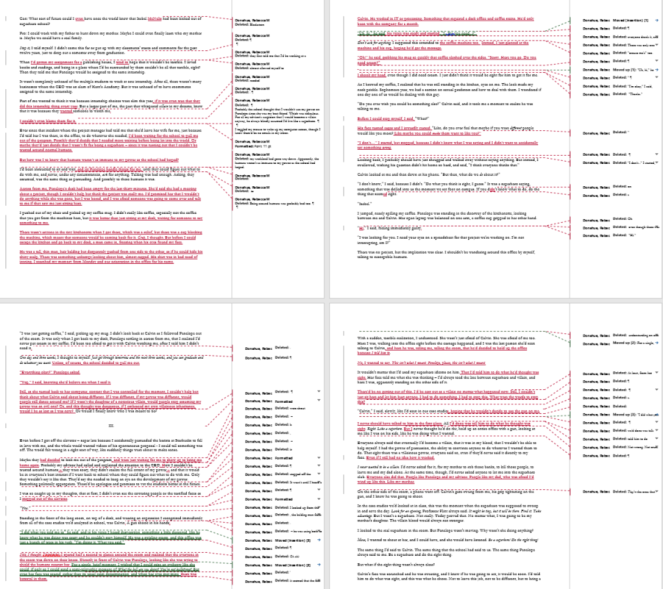
From there, I read through it for flow, voice, and typos. I also re-did the first and last pages again, deleting about six paragraphs from each of them. I added a new quote and deleted the one I had before.
I try not to fuss with my stories the week before I post them. I need the space away from them – both for sanity and so I don’t delete the whole thing, thinking it’s awful. But I do need all of the drafts and editing phases. It’s how I learn to write. The entire process usually takes 3-6 weeks, not including my week break before I post.
So there it is. Process for Penelope’s Test!
I hope you like it! ❤


